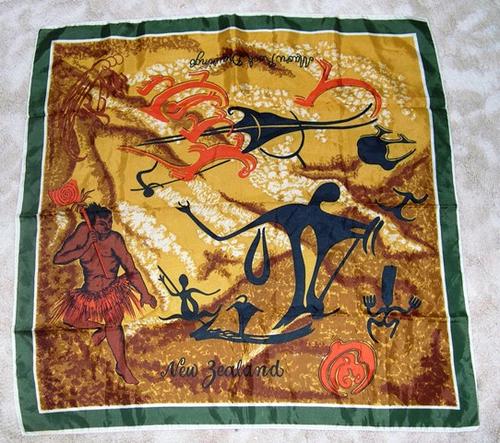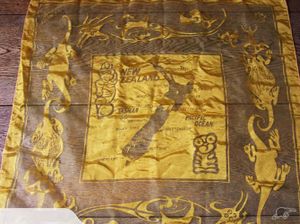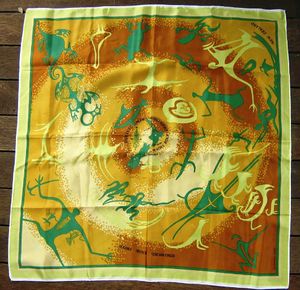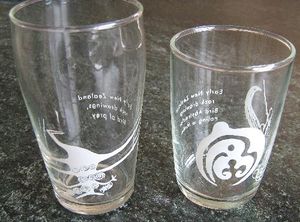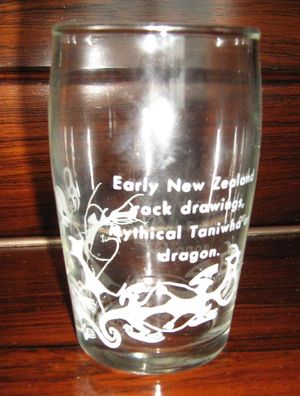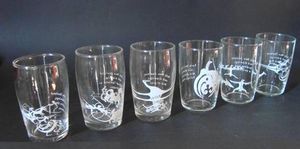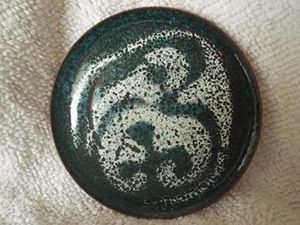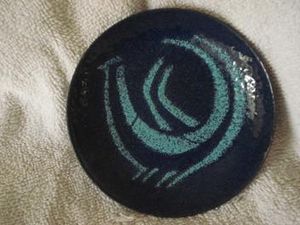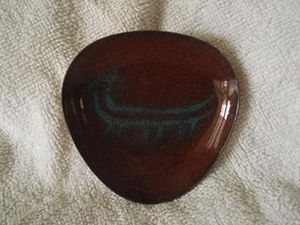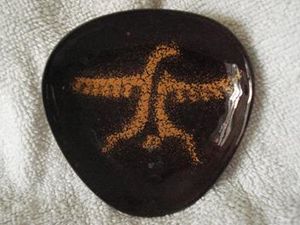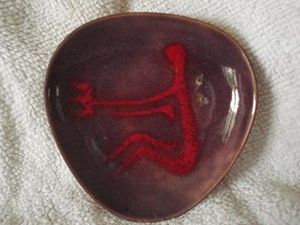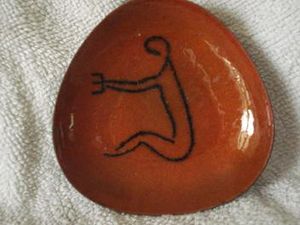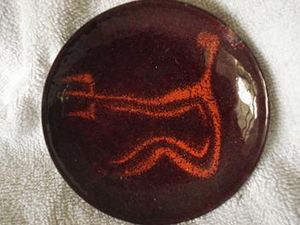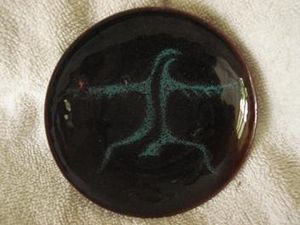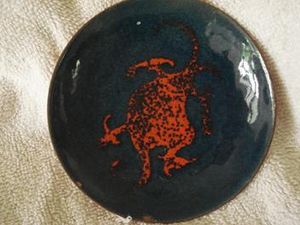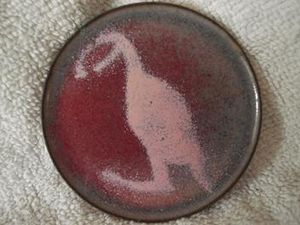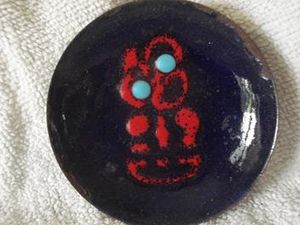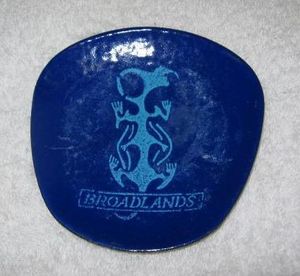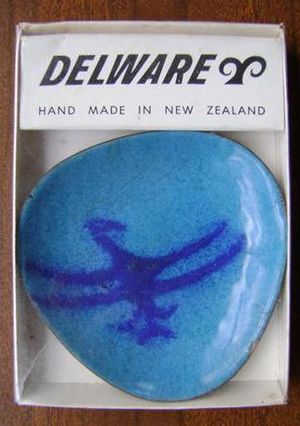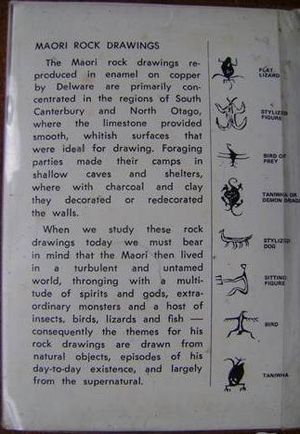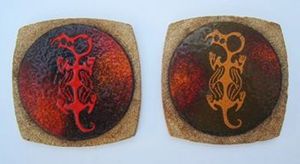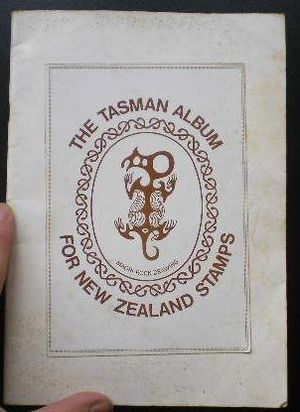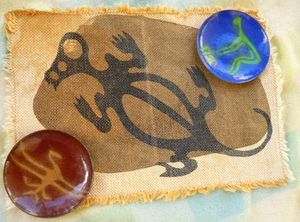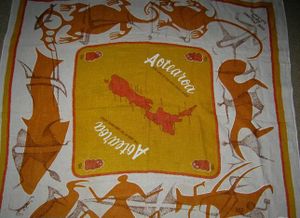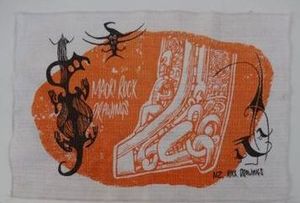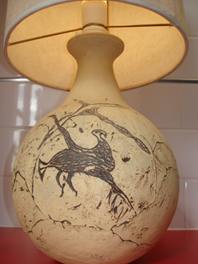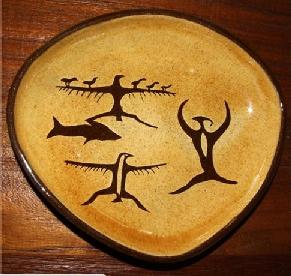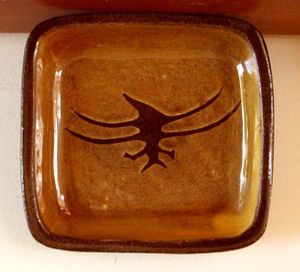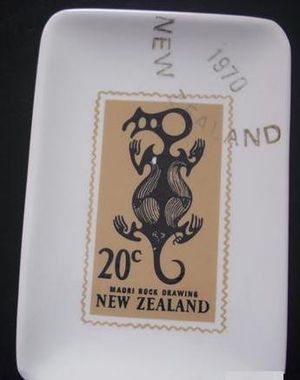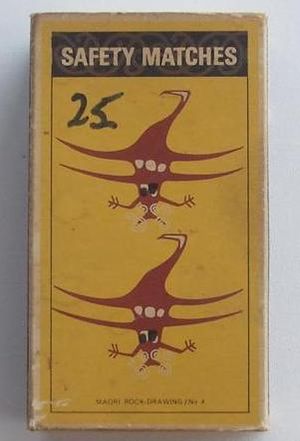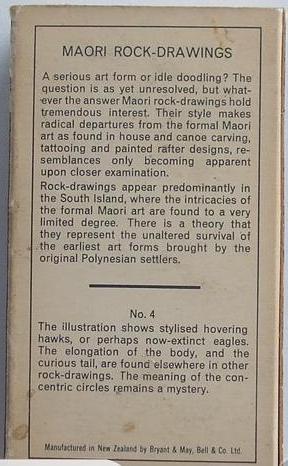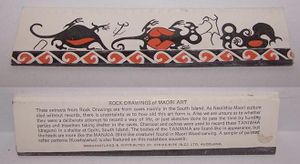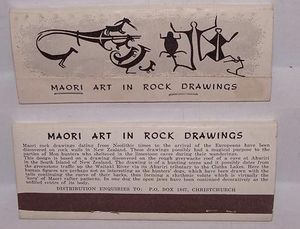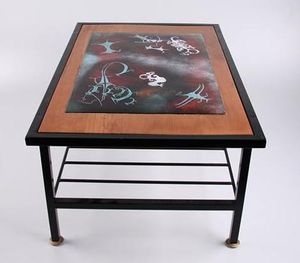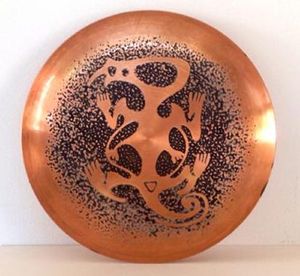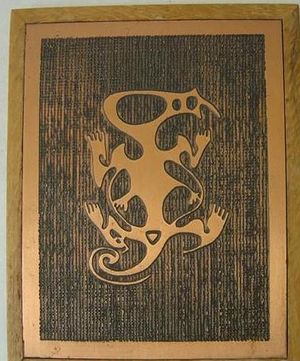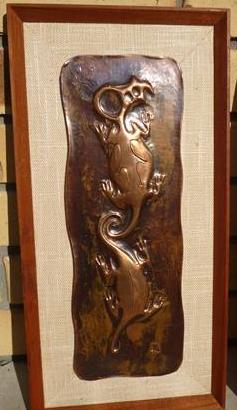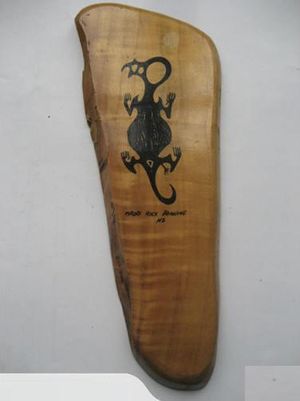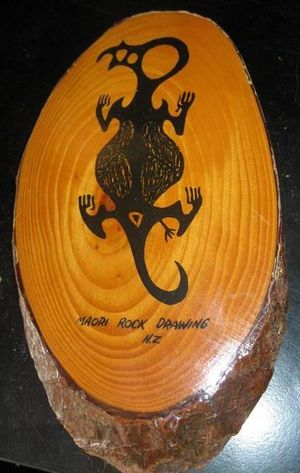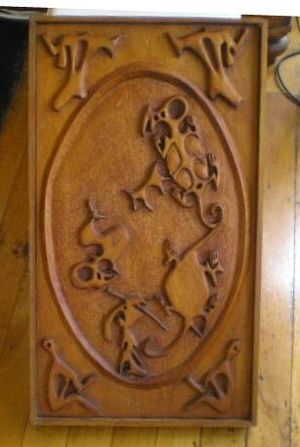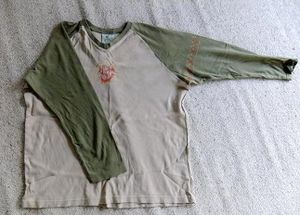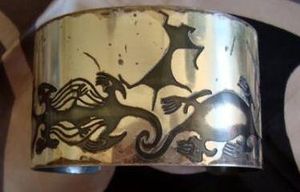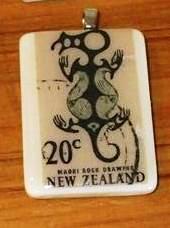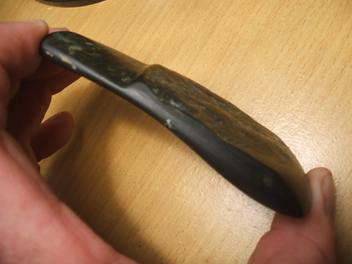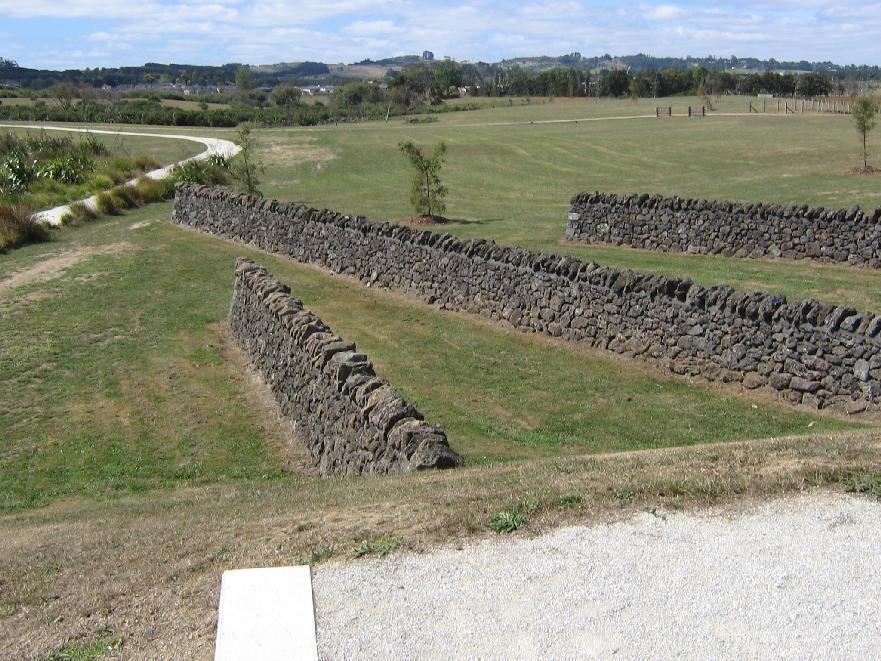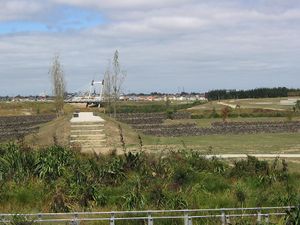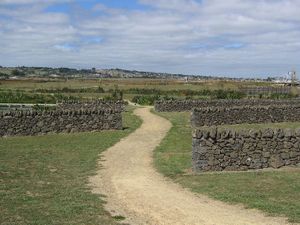Kitsch
Contents
Archaeological Kitsch
Archaeological items of iconic status can become the subject of modern copies and re-use of the imagery. New Zealand items are not immune.
Kitsch is a pejorative term applied here in respect of images which are uplifted from other contexts and pay but little respect to their original makers. Many uses on tourist items are simply cultural appropriation.
Of course not all uses necessarily do that and modern Maori use as an expression of connection to the land an obvious exception.
The most common reproduction below is of part of the frieze in a rock shelter at Opihi in South Canterbury. Commonly only one part of the freeze is used and some are clearly copies of copies where the original location within a frieze is forgotten. The figure is usually called a taniwha but there is no traditional justification for that appellation.
The shelter is low so there is no one point where all of it can be viewed and viewing it in part involves lying on the floor. It is a treasure of New Zealand and Māori art.
The Te Ana Rock Art Center in Timaru https://www.teana.co.nz/ run by Ngāi Tahu runs tours that include this site.
Ngāi Tahu have endorsed their local descent group, Te Rūnanga o Arowhenua as the kaitiaki, the cultural guardians, of the images and the site. They should be involved in any future reuse.
Other Māori representations are also potentially cultural property or where more recent are in the ownership of the original artists. Any reuse should respect this.
Maori Rock Art
|
Rock drawings seem to have been particularly prone to this - borrowings appearing on fabrics, glassware, ceramics, postage stamps and even matchboxes. O'Regan discusses this use in the context of cultural property[1]. Most of the glyphs used here were first recorded by Theo Schoon. He had a low opinion of New Zealanders' art appreciation at the time. He said: "Maybe someday, the bourgeoisie will have lampshades, with drawings derived from these rock drawings, or as a welcome break from the pokerwork kiwi"[2]. His expectations were met. |
| Scarves | |||
| Glasses | |||
| Enamelled Dishes | |||
| Stamps | |||
| Fabric / Carpet | |||
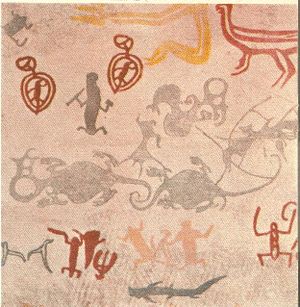 Rock art used on fabric. This was produced by blockprinting by poet Rex Fairburn. He obtained the artwork for this from Theo Schoon and reproduced using linocut blocks. Wikipedia has an article on Schoon. Another print can be seen here. Fairburn and Schoon have Dictionary of New Zealand Biography entries. |
|||
| Ceramics | |||
| Matchboxes | |||
| ; | |||
| Furniture | |||
| Wall Decorations Enamelled | |||
| Wall Decorations Copper | |||
| Wall Decorations Wood | |||
| Clothing | |||
| Jewellery | |||
Maori Other
Colonial
|
Barry Curtis Park in South Auckland has volcanic rock walls, reconstructed from a nearby farm site. The unfortunate result is what happens when landscape architecture captures archaeological reconstruction.
|
Not Quite Archaeological

References
- ↑ O'Regan, G. 2008 The shifting place of Ngai Tahu rock art. in Sue O'Connor, Geoffrey Clark, Foss Leach (Eds), Islands of inquiry : colonisation, seafaring and the archaeology of maritime landscapes. Terra Australis 29 Accessed at http://epress.anu.edu.au/terra_australis/ta29/pdf/ch26.pdf
- ↑ Skinner, D. 2018, Theo Schoon. Massey University Press:102.

